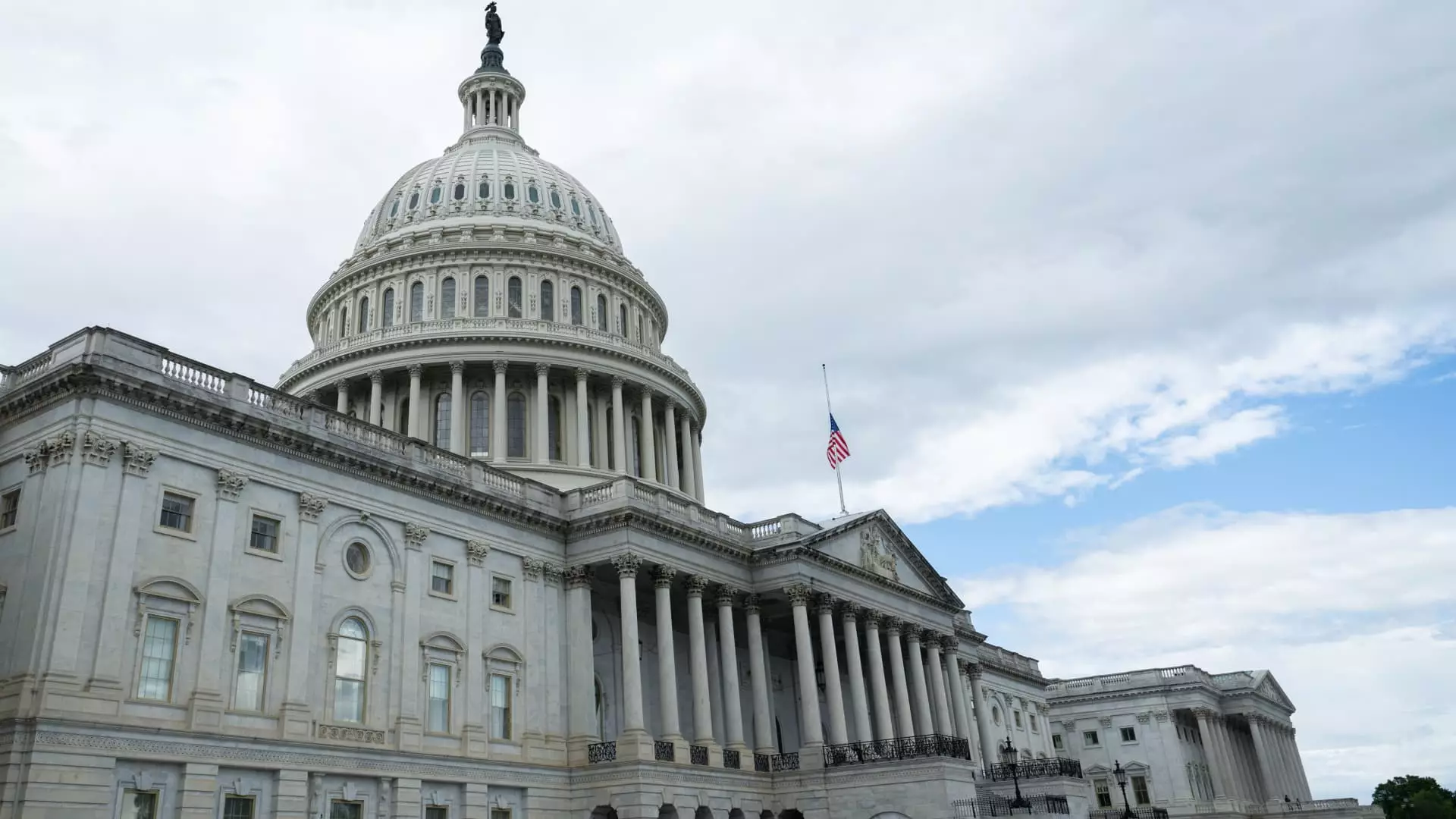The recent passage of a substantial tax cut package by House Republicans has sparked an intense debate regarding fiscal responsibility and the future economic health of the United States. This article delves into the potential implications of these tax cuts on the national debt, the economy, and individual consumers. As the Senate prepares to evaluate this legislation, the impact of what has been dubbed a “debt bomb” looms large over financial markets and policymakers alike.
The Burden of Debt: An Imminent Threat
According to estimates from the Committee for a Responsible Federal Budget, the proposed tax cuts could augment the national debt by an alarming $3.1 trillion over the next decade. The Penn Wharton Budget Model projects an even graver scenario, foreseeing an increase closer to $3.8 trillion when accounting for interest and economic repercussions. Such an extensive addition to the already staggering $53 trillion national debt undoubtedly raises significant red flags among economists and financial analysts.
Representative Thomas Massie of Kentucky has been particularly vocal, labeling the tax cut initiative as a “debt bomb ticking.” His concerns echo sentiments shared by a minority of Republican senators, including Rand Paul, who have voiced skepticism regarding the bill’s fiscal sustainability. These voices illustrate a growing divide within the party, as some flag the troubling imbalance between revenue generation and government spending.
A Ripple Effect on Consumer Finances
While discussions about national debt often feel abstract to the average American, the consequences are incredibly tangible. Economists emphasize that an elevated national debt burden can lead to increasing interest rates across the board. Mark Zandi of Moody’s highlights that when the government borrows excessively, it can drive up the costs of financing common purchases like homes and cars, making them less affordable for Americans.
Tim Quinlan, a senior economist at Wells Fargo, argues that many consumers remain unaware of how their mortgage and loan rates are intrinsically tied to the yields on U.S. Treasury bonds. He warns that as interest rates rise due to a growing national debt, consumers may find themselves paying significantly more for essential financing. Such a scenario not only impinges on household budgets but may also restrict access to credit for many, including potential first-time homebuyers.
The Mask of Tax Cuts: Who Benefits?
The tax cut package predominantly favors wealthier households, with around $4 trillion earmarked for tax reductions that benefit the upper echelon of earners. To offset these ostensible benefits, the bill proposes significant cuts to vital safety-net programs like Medicaid and food assistance, exacerbating economic inequalities. Critics argue that such an approach undercuts the very foundation of economic support for low- and middle-income families while further enriching the already affluent.
Proponents of the tax cuts, including some Republicans and officials from the White House, contend that President Trump’s tariff policies could balance out the potential losses from tax cuts. However, many economists warn that relying on tariffs as a revenue source is fraught with uncertainty, especially given the potential for future administrations to repeal these policies.
The Risk of Investor Hesitation
Should the proposed tax cuts be enacted, financial markets could react adversely. A shift in how investors perceive U.S. creditworthiness could cause Treasury bond yields to spike, leading to higher interest rates across various loans. Philip Chao, a financial planner, points out that higher risk associated with a burgeoning debt load would compel investors to demand greater compensation for their investments, thereby further inflating financing costs for consumers and businesses alike.
This precarious situation is evident in the volatility of the long-term Treasury bond market, which has already shown signs of instability amid concerns about escalating debt levels. Investors may prefer to pivot towards shorter-term bonds as a protective measure, further complicating the government’s borrowing capabilities and economic landscape.
Beyond the Numbers: The Need for Fiscal Accountability
As debates over the One Big Beautiful Bill Act unfold, it is critical to consider the overarching implications of an ever-growing national debt. Kent Smetters, an economist involved with the Penn Wharton Budget Model, has highlighted that even in the absence of new legislation, the debt-to-GDP ratio is projected to climb steeply. However, enacting the proposed tax cuts could exacerbate these challenges exponentially.
The need for fiscal accountability is glaringly apparent. By prioritizing short-term political gains over long-term financial health, lawmakers risk inflating a crisis that could have dire consequences not only for future generations but also for current consumers attempting to navigate an increasingly complicated economic landscape. Ignoring these precursory warnings could yield disastrous outcomes that compromise the very fabric of the nation’s economic stability, making it imperative to reassess the trajectory of this legislation before it fully materializes.

